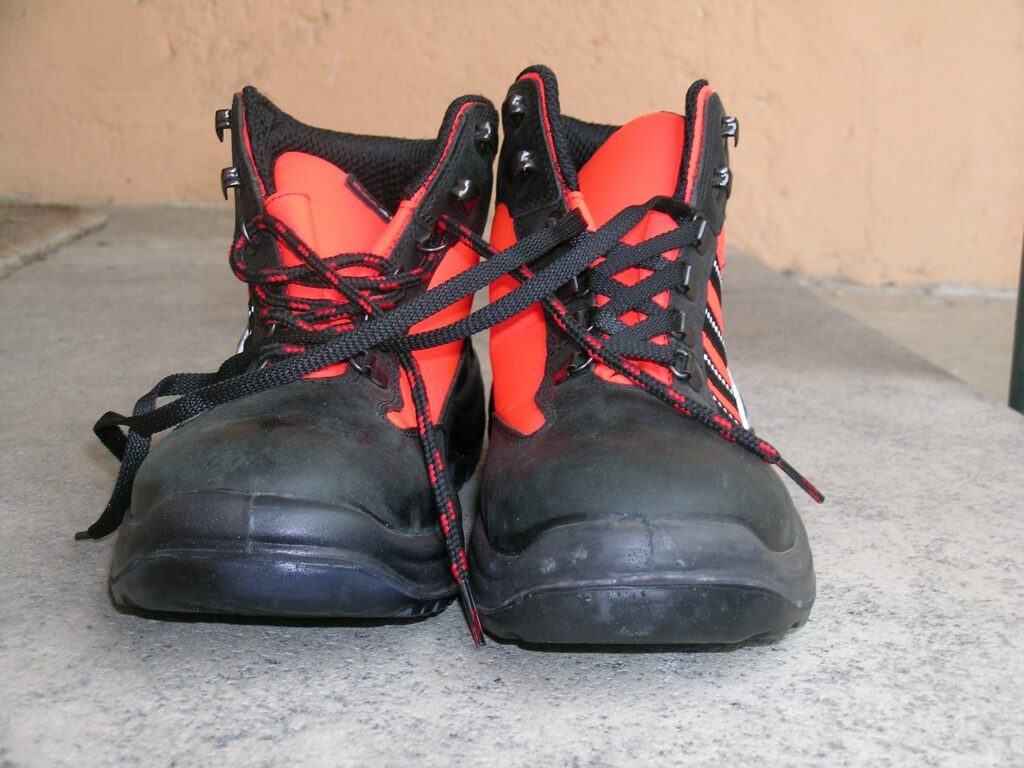Occupational health and safety is one of the most impactful practices implemented in workplaces around the world. This industry is now seeing major improvements in safety practices due to the use of new helpful AI tools. The many applicable uses for the technology in the field are opening up a world of possibilities, ranging from predictive medical imaging, to improved risk mitigation. The innovations being made to create a safer working environment are important to safeguarding the health and well-being of workers everywhere.
Exposure Screening
Lung conditions like asbestosis, pneumoconiosis, and silicosis that are gained through workplace exposures are hard to diagnose. It often takes long for symptoms to show and the conformational screening process requires complex decision making by radiologists. AI algorithms used in lung imaging simplify the detection process and provide accurate diagnoses of many occupational lung conditions. These benefits are important because conditions like pneumoconiosis are often in a very difficult and critical stage for treatment when a diagnosis is made. Managing these conditions in the pre-clinical phase with the help of AI tools will help to decrease their severity and occurrence in those affected.
AI Enhanced Worker Tools
Many of the tools and equipment used in workplaces have been evaluated for ways that AI can be used to enhance their function. Innovations like wearable robotic exoskeletons using artificial neural network systems have been designed to support the back and shoulders. Exoskeletons take the stress from heavy lifting preventing short and long-term lifting-related injuries. According to the subject article of this blogpost, companies such as Ford, Toyota, and Boeing, observed an 83% reduction in worker injuries when this exoskeleton technology was implemented. The reduction in worker injuries is likely to improve as more exoskeletons utilize AI systems.
Smart personal protective equipment (PPE) is another advancement geared towards reducing worker injuries through AI integration. Smart PPE track metrics that are important health indicators along with assessing the worker’s immediate surroundings for possible risks. Smart boots and smart helmets are great examples of PPE with these features. Smart boots have AI algorithms that use sensors to perform tasks such as fall detection, real-time alerting, and tactile signaling. Similarly to the boots, smart helmets are equipped with an array of sensors. These sensors collect data on GPS location, climate, and the individual health of the worker. The smart helmet’s ability to measure air quality and alert to danger is among its most vital, especially for individuals working in confined spaces such as tunnels.

Drones and VR for High Risk Industries
AI-powered VR training and drones have shown great promise as tools for promoting health and safety in dangerous fields. Virtual reality technology has proven to be useful for instructing workers in high-risk industries where on-the-job training can be dangerous. “Industries such as chemicals, construction, mining, and defense have adopted VR-based training programs due to their cost-effectiveness and reduction in workplace injuries and casualties (Shah & Mishra, 2024).” The use of AI-powered drones serves to replace the role of human workers performing dangerous tasks while also being more efficient. These drones can be used for safety and pre-construction site inspections which keeps workers from being exposed to risky work conditions.
Final Thoughts
In the years to come, occupational health and safety will be relied upon more than ever to promote and protect the health and well-being of workers everywhere. The tools and strategies used by safety professionals will more heavily rely on the amazing and promising advancements being made to AI-enhanced safety technology. The many tools listed here are just a few of the numerous innovations being developed to protect our friends and families at work. My hope is that the importance of these developments compels greater enthusiasm towards furthering research and development of these AI powered occupational health and safety tools.


